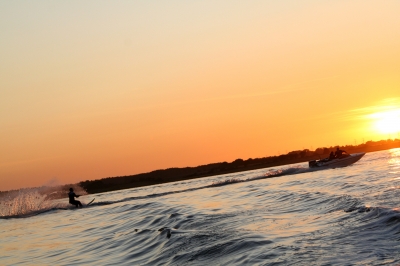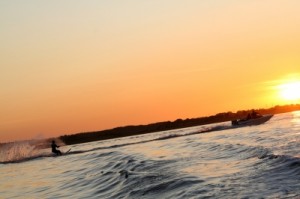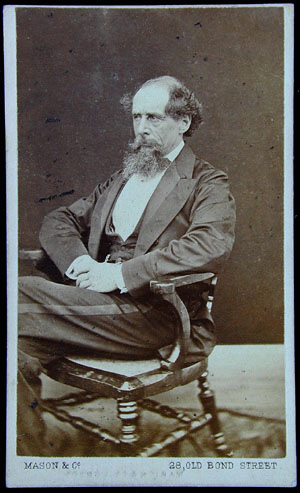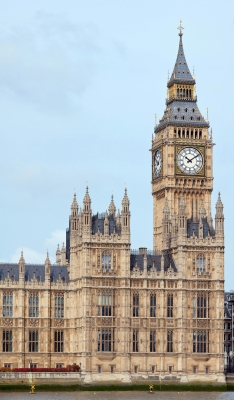
Cutting through the waves…
- Water skiing is a fun sport, and generally involves a person standing on one or two specially designed skis, and towed behind a boat via a rope.
- The skier who does the water skiing, requires excellent upper and lower body strength, balance and endurance.
- Water skiing was invented in 1922 by Ralph Samuelson in America, who used two boards and a clothes line attached to a boat.
- To start off water skiing, the person typically crouches in the water, with their feet on the skis, holding a handle which is attached to a rope, which is attached to a boat.
- Water skiing was included in the 1972 Olympic Games.
 Water Skiing
Water Skiing
Image courtesy of Paul Martin Eldridge/ Free Digital Photos
- Three people are required for water skiing – a water skier, a driver and a observer.
- Experienced water skiers have the opportunity to participate in jumping shows and competitions, which typically involve the use of fibre glass ramps.
- There are a few different types of water skiing which include barefoot, slalom – using one specially designed ski, and tournament skiing.
- Water skiing is potentially dangerous, so to be safe the water should be at least 60 meters (200 feet) wide and be at least 1.5 – 2 meters (5- 6 feet) deep.
- In Tasmania, Australia, a world record was set in 2012, for the most skiers, 145, behind a single boat.














